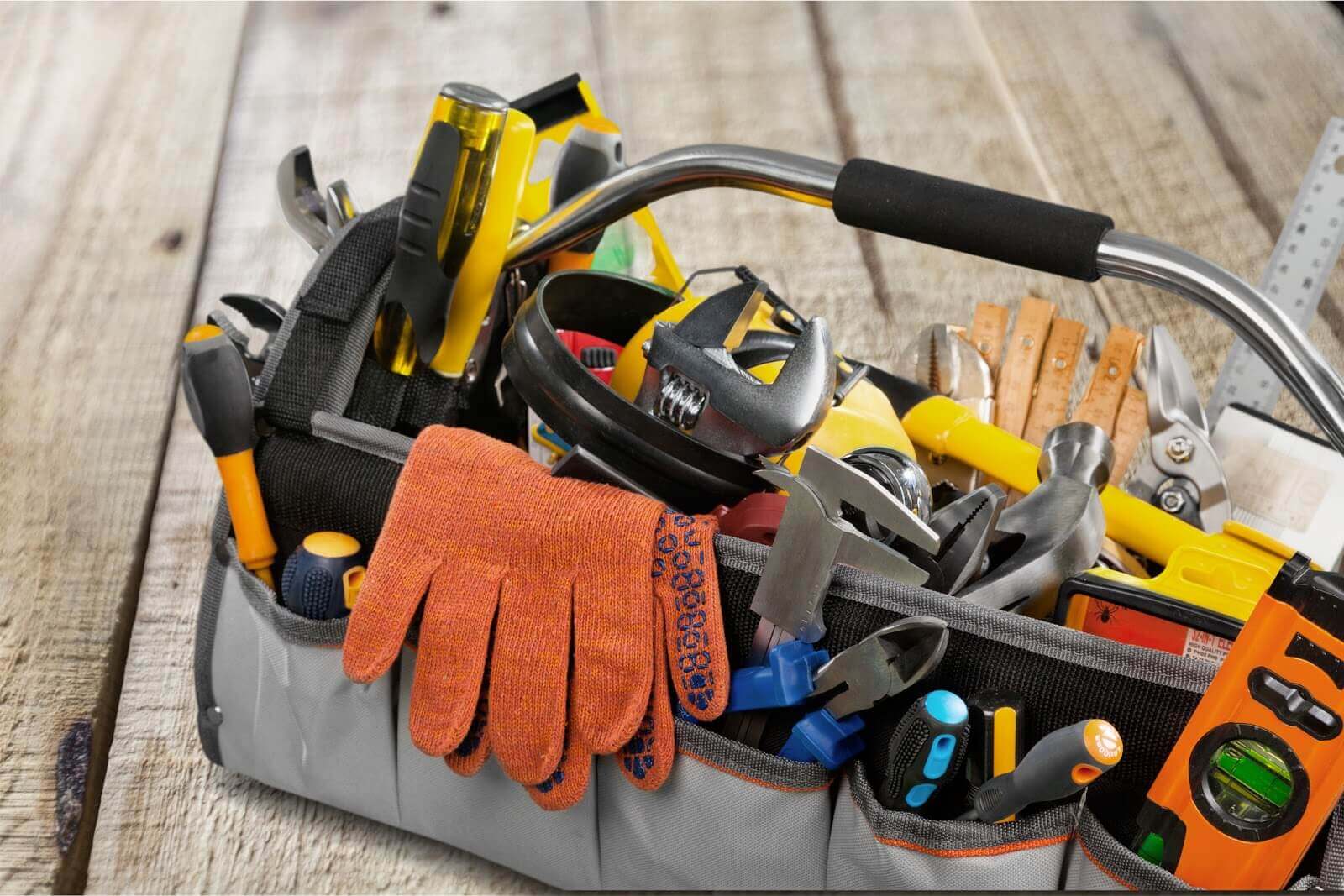A big part of running a tradie business is making sure that everyone remains safe and sound on jobs. This allows you to keep delivering stellar work for your customers, while also fulfilling your duties under Work Health and Safety legislation.
While you do your best to look out for everyone, you can’t have eyes and ears everywhere. Toolbox talks (also known as a toolbox meeting) are a great way to get the team engaged with health and safety topics, and help them look out for themselves and each other on the job.
So what are toolbox talks, and how can you introduce them to your team?
What is a toolbox meeting?
Toolbox talks are informal chats where you get the team together and discuss workplace health and safety topics. It’s the perfect opportunity to remind the team about basic requirements for health and safety in the workplace, cover any changes to WH&S legislation, and identify any potential safety hazards before they get out of hand. This is also a good time to check in and see how everyone’s coping with the current workload.
Some examples of different safety toolbox talks meeting topics include:
- Worksite rules and tips, such as minimum required PPE or injury prevention
- Findings from a site review
- Proactively identifying risks in an upcoming job, and ways to manage that risk
- New technology or tradie apps to help everyone on the job
- Updated safety manuals or standards for the workplace
- Updates on team training or induction procedures for workers
- Timely topics such as tradie mental health for World Mental Health Day
How to get ready for a toolbox meeting
While you don’t need to whip out the Powerpoint presentation templates for toolbox talks, it’s still a good idea to prepare ahead to get the most out of each meeting.
Pick a day that works for the entire team, such as a Monday morning, and schedule a specific amount of time for the meeting (30 minutes to an hour should be enough). Remember to plan the topics ahead of time and let the team know in advance as well — this means your staff have enough time to prepare, gather their thoughts, and raise any topics they think might be relevant to discuss.
How to run a toolbox meeting
Introduce the topic
Start out by clearly outlining the topic, and why it’s important to highlight. This could be backed up with relevant statistics, or real-life examples from the news or your tradie circles.
For example: if you’re talking about mental health at work, you could share statistics on the number of tradies that suffer from mental health, and open up about any struggles you have personally faced.
Encourage open-ended discussion
To get the discussion going, ask the team some questions about the topic and give them five minutes to write down their thoughts on a piece of paper or post-its.
Let’s say you’re doing a mental health-themed toolbox talk. To get everything started, you could ask “what’s the biggest mental health risk for tradies today?” Have volunteers share their answers, or stick them up on a board, and discuss the answers. Ask open-ended questions to encourage discussion, such as “what do you think about this?” or “why do you think that is?”.
Remember to highlight that no answer is right or wrong, and remind your team to be as honest as possible in their response.
Build an action plan
Work with the entire team to put together an action plan to tackle the topic. This should include next steps — for example, if you’re highlighting injury prevention in a safety toolbox meeting, next steps could include scheduling regular breaks on the job, or having a PPE checklist for employees.
To wrap it up, provide any additional resources that the team can use for help, such as safety manuals, documentation on procedures and processes or hotlines for those mental health issues. Lastly, open the floor to any feedback or final thoughts from the team.
Use toolbox templates to take the pressure off
Running a toolbox meeting might feel daunting, but it doesn’t need to be. There are plenty of toolbox meeting template options out there covering a range of topics, from injury prevention to mental health and hazard control. These take the pressure off trying to develop your own, and ensure you cover all the important points and nothing is left out.
If you want to start using toolbox talks in your business, Geo’s got you covered! Subscribe to the Geo blog and get two FREE toolbox talk templates.




